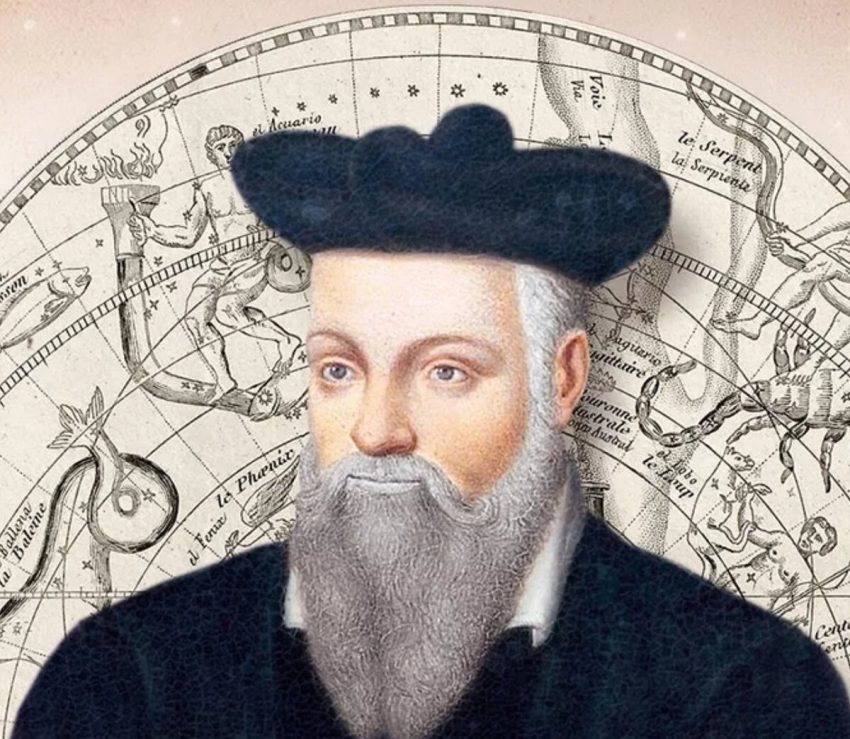The huge planet Tyche (Nibiru) appeared at the borders of the solar system (4 photos)
Scientists insist: a massive object exists. It is two or even four times larger than Jupiter
Tyukhe is either a cold gas giant or a cooled star
Last year, astrophysicists John Matese and Daniel Whitmire from the University of Louisiana claimed that there is some very massive object near the solar system – in the so-called Oort cloud. For example, a huge planet, which is two or even four times heavier than Jupiter. Possibly also a gas giant. Or a frozen star.
Let me remind you: the Oort cloud is a giant bubble filled with billions of rather large ice and stone blocks. They, according to astronomers, regularly replenish the number of comets that circulate through the solar system and sometimes fall on planets. Leave giant craters. Including on Earth.
The Oort cloud begins far beyond the orbit of Pluto. Its outer limits, according to one estimate, are one light-year from the Sun – a quarter of the way to Proxima Centauri, the nearest star to us in the Alpha Centauri star system. Others are half way.
A giant object is located in the Oort cloud – a huge bubble with comets
The radius of the Oort cloud is about one light year
In order for comets to fly out of the Oort cloud and rush into the interior of the solar system, a tangible gravitational influence is necessary. It was believed that it is created by Jupiter, the surrounding stars and galaxies. And according to the mathematical estimates of Mathis and Whitmire, it turned out that this was not enough at all. Like, for the currently observed picture of the movement of comets, an additional object is required – much more massive than Jupiter, which would be located in the Oort cloud.
Now scientists no longer doubt: a giant planet exists. And they call her Tyukhe – after the Greek goddess of luck. Before it, about 30 thousand astronomical units. An astronomical unit is the distance from the Earth to the Sun.
Tyukhe is not visible in optical telescopes – it is too far and cold. But it can be “seen” in an infrared telescope. Because the planet is still warmer than its surroundings. Its temperature, according to estimates by Mathis and Whitmire, should be minus 73 degrees Celsius. And this is higher than, for example, on Pluto.
Astrophysicists assure that the data that Tyukhe is a real object have already been obtained using the WISE infrared space telescope (Wide-field Infrared Survey Explorer). But not published yet. However, by the end of 2011 they will definitely be made public.
A huge and massive object, the discovery of which is so likely, “inspires” alarmists. This is not Tyukhe, they believe, and it does not promise any luck. On the contrary, we must expect trouble. Because the same Nibiru is found – a killer planet that will somehow bring the end of the world in 2012.
Nibiru seems to be moving – cataclysms are expected from its approach to the Earth. Whether Tyukhe is moving is not yet known. There are no hypotheses about where the huge planet outside the solar system came from.
Some researchers find images of Nibiru (or Tyche) on ancient tablets, the authorship of which is attributed to the Sumerians and Egyptians.
AND AT THIS TIME
If Tyche and Nibiru are not enough…
A star is flying towards the sun. Gliese 710 from the constellation Serpens is approaching us at a speed of several tens of kilometers per second.
Russian astronomer Vadim Bobylev from the Main (Pulkovo) Observatory (GAO RAS) used data collected by the European research probe Hipparcos. Namely, information about the movement of about 35 thousand stars closest to us. Reconstructing their orbits, he calculated that the star Gliese 710 had an 86 percent chance of coming very close to the solar system. And it is possible that it will even be in the orbit of Pluto. True, this will not happen soon – not in 2012, but in 1.45 million years.
The star Gliese 710 with a mass of 0.6 solar, located in the constellation Serpens, is still 63 light years from us. But it is approaching at a speed of several tens of kilometers per second.
“You can’t say that one star will crash into another,” the astronomer explains. Such an event is almost impossible. But during the approach, the gravitational field of a passing star can affect objects in the solar system. And trigger a comet bombardment.
In other words, Gliese 710 is capable of crashing into the Oort cloud – a colossal “storage” of billions of ice blocks located beyond the orbit of Pluto. And to change the trajectories of many objects “sleeping” there, increasing the likelihood of their falling onto the planets of the solar system. Including the earth.
The studies also showed that the last time we had a fairly close approach was the white dwarf WD 0310-688 (HIP 14754). It happened 300 thousand years ago.
Over the past 2 million years, 9 stars have approached our world. And for tens of millions of years there have been many more. Some may have had planets. Suddenly among them were inhabited? Moreover, with a highly developed population that has mastered at least interplanetary flights? Then our – suddenly approached – brothers in mind could get to the Earth. And such a journey would not look like a supernatural – interstellar – flight, which requires the speed of light.
The possibility of periodic approach of other stars to the Sun fuels hypotheses about the so-called paleocontact. About visits of aliens to the ancient Earth. It is possible that the primitive ancestors of people were witnesses of at least one of them. Two million years ago, perhaps, the very “transitional link” that everyone is now looking for already lived. And someone smarter lived for 300 thousand years.
Whether the next stellar visit – in 1.45 million years – will catch anyone on Earth, is not known. Even if the guest – Gliese 710 – will have habitable planets.
It is unlikely that there is at least some probability that the arriving star will be captured by the Sun and placed in its orbit. Over the past millions, or even billions of years, none of the guests stayed with the hostess.
































